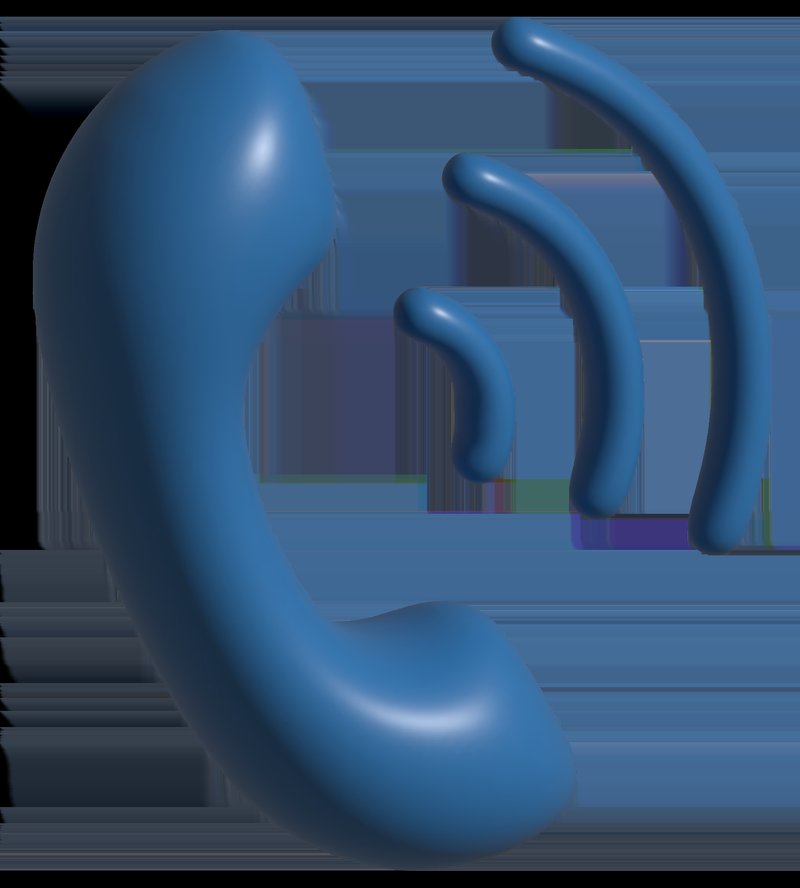
The “F1” error code is your microwave’s way of waving a little red flag. It’s similar to when your car’s check engine light comes on—it’s telling you something’s up, but the cause isn’t immediately clear. This code isn’t saying your microwave is beyond repair; it’s just a signal that something requires attention. But what should you do when this cryptic message appears? Here’s a simple guide to help you figure out when it’s time to call in the experts.
Understanding the F1 Error Code
So, what exactly does the “F1” error mean? In Panasonic microwaves, this code typically indicates a problem with the touchpad or the control board. Think of it like your smartphone’s touchscreen acting up—taps might not register, or maybe they do when you haven’t even touched the screen. It’s a nuisance, to say the least. The control board is the brain of your microwave, orchestrating everything from the heating to the beeping. If there’s a glitch there, it can feel like having a day where nothing seems to go right.
The “F1” error can be caused by a variety of issues. Sometimes, it could be due to moisture getting into areas it shouldn’t, or perhaps from wear and tear over time. Electrical surges can also be culprits, momentarily scrambling the microwave’s senses. It’s a bit like getting a brain freeze from ice cream; a brief jolt that leaves your microwave momentarily confused.
Before you panic, know that this error doesn’t necessarily doom your microwave to the scrap heap. It’s more like your device asking for a little extra attention. Resetting the microwave by unplugging it for a few minutes might clear up the problem, much like rebooting a computer. But if the error persists, it might be time to think about calling a technician.
Steps to Take Before Calling a Technician
You might be wondering, “Do I need a technician right away?” Not so fast! There are a few things you can try before picking up the phone. Start by unplugging your microwave for a soft reset—this can sometimes clear minor, temporary issues. Disconnect it from the power source for about five minutes, then plug it back in and see if the error has disappeared. It’s akin to giving your device a quick nap to refresh itself.
Check the touchpad for any signs of wear or visible damage. If your microwave has been around for a while, it might just be feeling its age, much like an old remote control with buttons that don’t press as smoothly as they used to. Ensure the panel is clean and free from any residue that could be causing keys to stick or malfunction.
Also, consider whether there have been any recent electrical storms or issues in your home. Surges can temporarily mess with the microwave’s electronics. If you’re living in an area prone to lightning or power outages, using a surge protector with your microwave can help prevent future issues.
When to Make That Call
Alright, so you’ve tried everything, but that stubborn “F1” code just won’t quit. Here’s the deal: if resetting the microwave doesn’t help and the error code keeps flashing, it’s time to call in the pros. A qualified technician can pinpoint the exact issue, whether it’s a faulty touchpad or a more serious control board problem. Trying to fix these components yourself can be tricky, like attempting to fix a watch without the right tools or know-how.
Professional technicians have the expertise to diagnose and repair these issues without potentially causing more harm. They’ll also be able to get their hands on genuine replacement parts, ensuring your microwave is back to its fully functional self in no time. Think of them like the medics for your small kitchen appliance—they have the know-how that we, as microwave users, might lack.
While waiting for your service call, continue using alternative methods for heating food, like a stovetop or traditional oven, to ensure that you’re not exacerbating the problem. This can help prevent further damage and keep you safe.
Preventative Measures
No one wants to deal with error codes, right? Fortunately, there are a few things you can do to help prevent seeing “F1” again anytime soon. Regular cleaning and maintenance can go a long way. Keep the touchpad clean and dry; avoid using harsh chemicals that might degrade the material or seep into crevices.
Consider investing in a surge protector to safeguard against unexpected electrical surges. It’s a small investment that could save you a lot of hassle in the long run. Also, try not to slam the microwave door, as gentle handling can prevent wear and tear.
At the end of the day, if your microwave starts acting up with an “F1” error again, remember you’re not facing it alone. Understanding when and why to call a technician can save you time, frustration, and possibly extend the life of your microwave. Keep this guide handy for the day you might need a little help, and your trusty Panasonic microwave will continue to be the kitchen hero you rely on.
